The Evolution of Kirby's Image: From "Angry Kirby" to Global Consistency
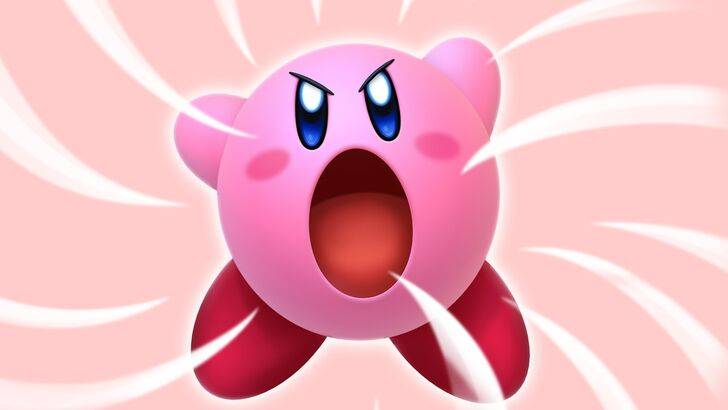
This article explores the fascinating evolution of Kirby's marketing and localization, revealing why his image differed significantly between Japan and the West. Former Nintendo employees shed light on the strategic decisions behind the changes, offering insight into Nintendo's global approach.
The "Angry Kirby" Phenomenon
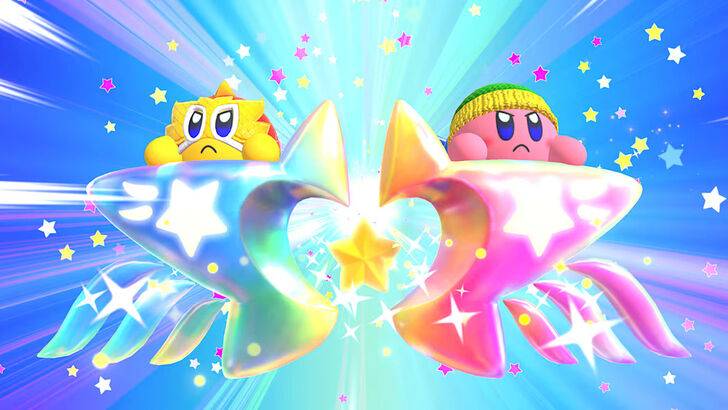
The Western portrayal of Kirby, often dubbed "Angry Kirby," wasn't about anger, but projecting determination. Leslie Swan, former Nintendo Localization Director, explains that while cute characters resonate universally in Japan, a tougher aesthetic better appealed to the tween and teen boy demographic in the U.S. Shinya Kumazaki, director of Kirby: Triple Deluxe, confirms this, noting that while cute Kirby is a major draw in Japan, a more battle-hardened image resonates more in the West. However, he also highlights that this isn't universally true, citing Kirby Super Star Ultra's consistent box art across regions.
Marketing Kirby: Beyond "Kiddie" Games

Nintendo's marketing strategy aimed to broaden Kirby's appeal, particularly among boys. The "Super Tuff Pink Puff" campaign for Kirby Super Star Ultra exemplifies this shift. Krysta Yang, former Nintendo of America Public Relations Manager, explains Nintendo's desire to move beyond the "kiddie" label, aiming for a more mature image within the gaming industry. She notes the stigma associated with games perceived as solely for young children. While recent marketing emphasizes gameplay and abilities, a conscious effort to portray Kirby as tougher persists, although his inherent cuteness remains his primary appeal in Japan.
Localization Differences: A Historical Perspective
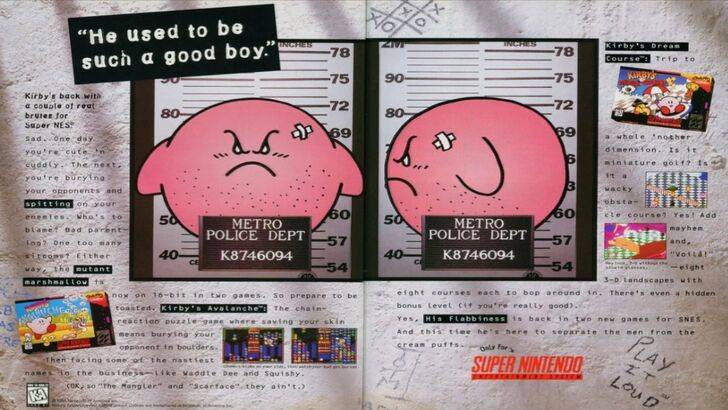
The divergence in Kirby's localization began early, notably with a 1995 mugshot advertisement. Subsequent game box art frequently featured Kirby with sharper features and more intense expressions, a stark contrast to his Japanese counterparts. Even Kirby's color was altered; the original Kirby's Dream Land for Game Boy featured a desaturated Kirby in the U.S. due to the system's monochrome display, a decision that later impacted marketing strategies. Swan highlights the challenges of marketing a "puffy pink character" to a target audience seeking a "cool" image.
A Shift Towards Global Consistency
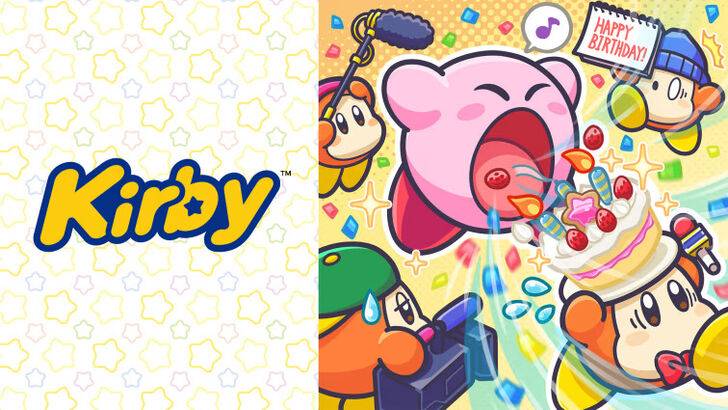
Both Swan and Yang agree that Nintendo has adopted a more globalized approach. Closer collaboration between Nintendo of America and the Japanese office has led to more consistent marketing and localization. This shift aims to reduce regional variations, moving away from past instances like the 1995 "Play It Loud" advertisement. While this ensures brand consistency, Yang acknowledges potential downsides, suggesting that the pursuit of global appeal might result in less distinctive, risk-averse marketing. The increasing familiarity of Western audiences with Japanese culture also plays a role in this evolving strategy.




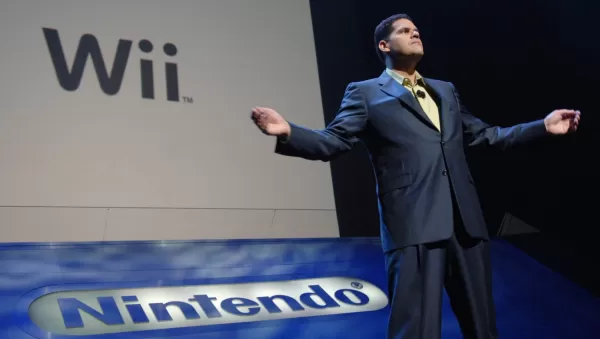







![[18+] Starlewd Valley:Re!](https://imgs.dgmma.com/uploads/37/173149215167347937c925c.jpg)


















